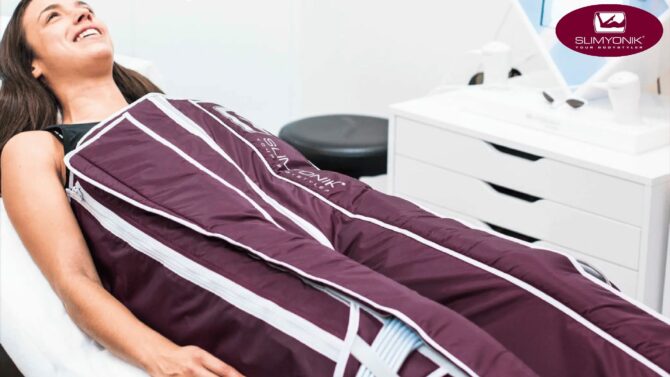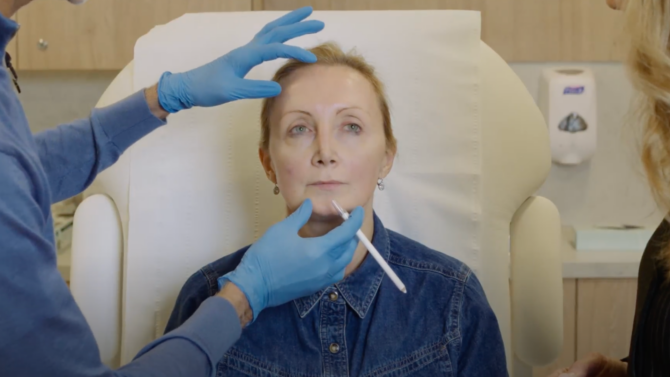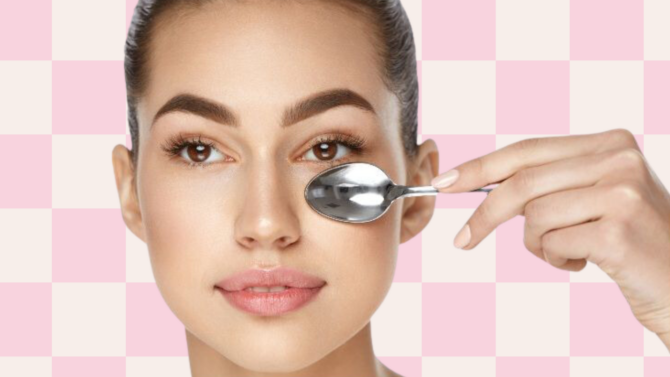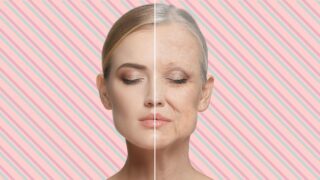Just as it’s vital to know exactly what to expect from your tweakments before taking the plunge and parting with your hard-earned cash, it’s also important to understand what different procedures won’t do.
So, if you’re hoping to get a little extra bang for your buck in the way of better skin following a procedure, here are some popular tweakments that either will or won’t deliver on that front.
Three tweakments that will improve your skin:
1. Microneedling (and RF microneedling) – While home-microneedling creates tiny channels in the skin that allow active skincare ingredients to penetrate deeper without needing to first fight their way through the outer layer, it is deep, medical microneedling (with a needle depth of up to 3mm) that really makes a difference to the skin’s health.
This clinical microneedling is used to stimulate the skin’s wound-healing response, which can help with wrinkles, scarring, stretch marks, sun damage, and ageing skin. From medical needling alone, you can gain a 205% increase in the thickness of the dermis, which is extremely helpful with fighting the signs of ageing. And if you have RF needling which adds in the additional skin-tightening benefits of radiofrequency, you’ve got a double-whammy of benefits.
2. Collagen-stimulating filler – This type of filler often gets forgotten about in favour of hyaluronic acid-based dermal fillers. Those won’t do much to improve your skin (more on that below), but collagen-stimulating fillers such as Sculptra, Ellansé, and Radiesse not only give the face volume and structure, but they also work behind the scenes to improve the quality of the skin from within.
Longer lasting than HA fillers, this type each contains a substance that stimulates the skin to create more of its own supportive collagen, which develops over the course of the next three-to-six months and lasts for two years. The result? Smoother, springier, better-supported skin. The new hybrid filler, HarmonyCa, which is part HA dermal filler and part calcium hydroxyapatite (an ingredient known to stimulate collagen production) is used to improve skin condition and skin laxity, while also providing volume from its HA element.
3. Injectable moisturiser – I’ve yet to speak to a practitioner who doesn’t love injectable moisturisers. They’re designed specifically to improve skin quality by giving an extra dose of hydration that promotes a genuine cell-remodelling effect. Having this big hit of hyaluronic acid and the extra hydration that it delivers has been shown in studies to improve the ‘extracellular matrix’ of the skin, which encourages the growth of new collagen and elastin within the skin, which in turn, over the next few months, makes the skin firmer and bouncier.
…And three that won’t:
1. Botulinum toxin A – Wrinkle-relaxing toxin injections are an amazingly versatile tool for injectors, but they fall short of improving the skin. Toxin will smooth lines and wrinkles, reduce muscle clenching, stop a downturned mouth making you look grumpy, and soften a stringy-looking neck, but unfortunately, it won’t do anything for the skin itself. This is because the drug – botulinum toxin A – has one simple mechanism, and that’s to interfere with the transmission of nerve impulses that tell muscles to contract by blocking the receptors in the muscle. So, keep in mind that wrinkle-relaxing injections aren’t a substitute for good skincare or other tweakments that work to improve the skin’s health.
2. Structural HA filler – Considered, expertly placed dermal fillers which are injected deeply into the face can redefine and contour the face, but they don’t actually improve the quality of the skin. It’s different with the hyaluronic acid in injectable moisturisers – those contain small particle sizes and are injected very superficially into an upper layer of the skin, which means the HA can really get to work delivering deep hydration. Filler looks best in faces with healthy, smooth-textured and bright skin, so, as with toxin, if you’re going to invest make sure you’ve got your skin health covered.
3. Fat-dissolving injections – If performed by the right hands on the right patient, fat-dissolving injections can be brilliantly effective. But if not – like if the patient has skin laxity in the area – they can actually cause more problems. This is because the key ingredient in fat-dissolving injections (deoxycholic acid) only has one function, and that’s to break down fat cells. It doesn’t have any skin-tightening mechanism, so if it’s injected into a fatty area that isn’t supported by firm skin, once that bulk is dissolved it can leave sagging and laxity in its wake. This is why patient selection is so important and also why many practitioners will factor in a skin-tightening tweakment like radiofrequency or ultrasound into patients’ treatment plans post-fat dissolving.
Join Our Mailing List
This is the best way to stay in the loop with our latest news and updates, including industry titbits and tailored offers.
Related Stories

Body contouring
Would You Try This Inflatable Suit To Tone Your Body?
We’ve always been told that lying back and relaxing won’t do a thing to transform our bodies...

Concerns
The Tweakment Ladder: How To Take Your First Steps In Tweaks
Given the huge number of tweakments available, it’s increasingly hard to work out where you should...

Tweakments
Less Is More – How To ‘Press Pause’ On Ageing With Natural-Looking Filler
Can we really ‘press pause on ageing’ using dermal filler? Alice visited globally-renowned...

Tweakments
Three Free Tweaks
After my recent story about The £1000 face, I thought I’d better tone it down a bit and write...







 The Tweakments Chatbot
The Tweakments Chatbot